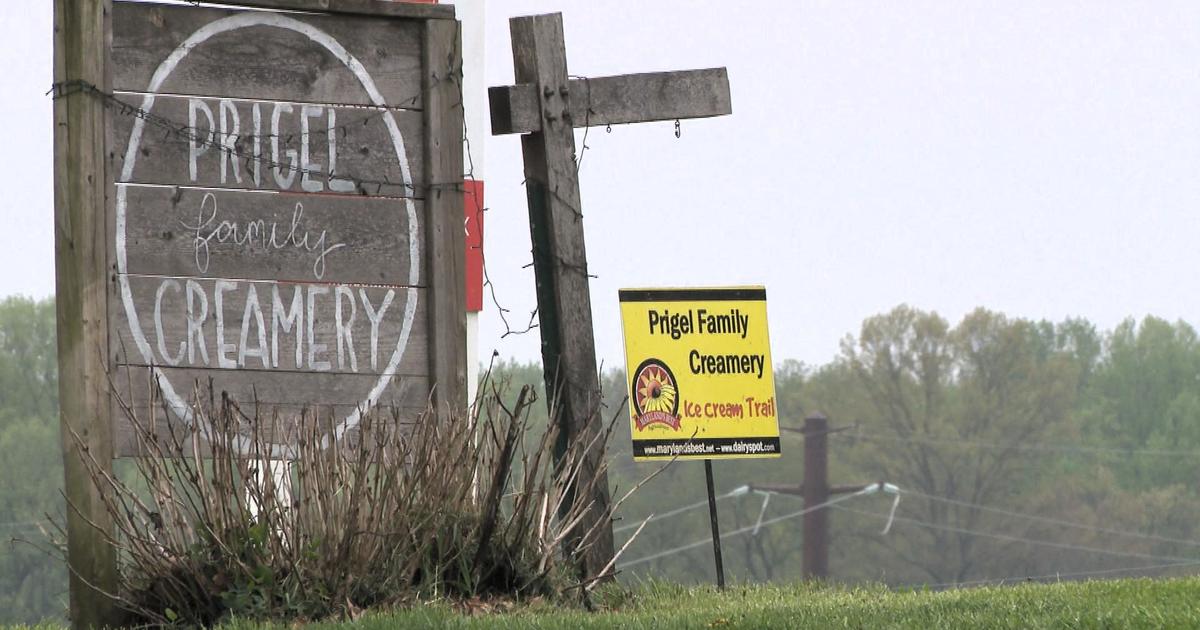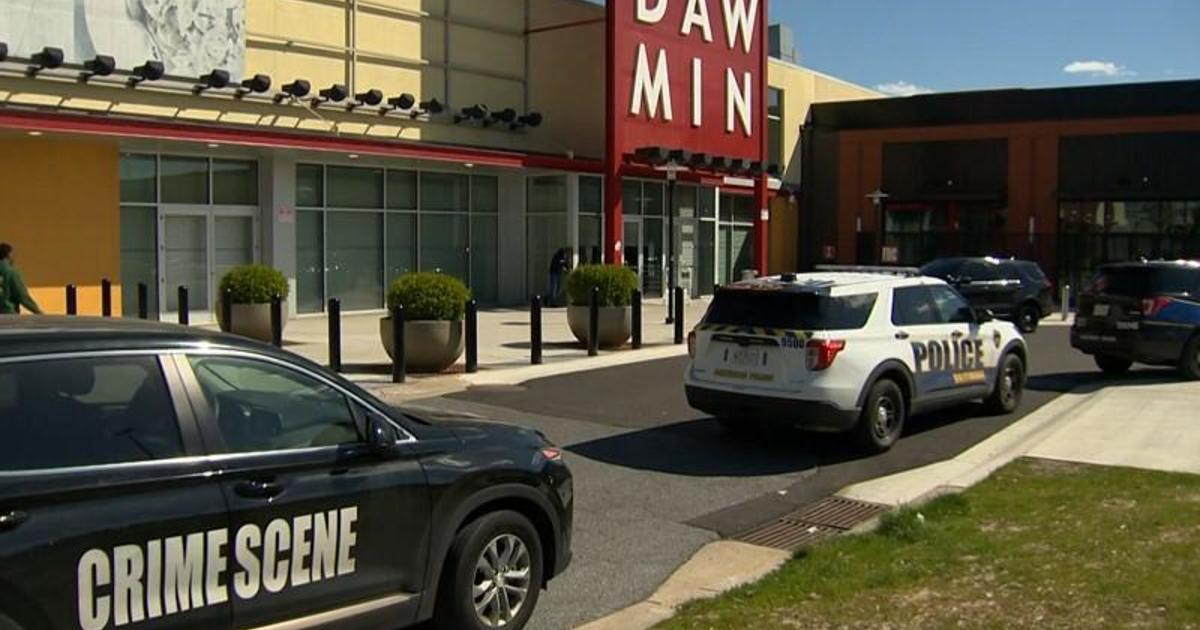Chesapeake Bay Grasses Decline, Water Temperatures Blamed
BALTIMORE (WJZ) --The blossoms and growth triggered by spring on land are just beginning to stir beneath the Chesapeake. How well underwater grasses do is of keen interest to scientists.
Alex DeMetrick reports experts now have something to measure that growth by.
For decades, the amount of underwater grass in the Chesapeake was calculated by aerial photography during the summer.
"Forty years ago, we were able to map 185,000 acres of bay grasses from those photographs," said Lee Karrh, survey chairman.
Karrh says they are currently at 80,000 acres. That's 6,000 fewer acres than was found in 2009. Seasonal fluctuations are expected, but the overall loss of 100,000 acres goes on year after year for a basic reason.
"There's less light penetrating through the water to get to the plants on the bottom," Karrh said.
Runoff is the reason. It carries sediment off the land. Rain also washes fertilizer, car exhaust and sewage into the bay, all of which carries nutrient pollution like nitrogen.
Underwater grasses might seem a remote worry until you figure in their benefits.
"Anybody who likes fish and crabs should care about the grass in the bay. They're the nursery ground for larval fish and crabs, so they're really important," said Dr. Beth McGee, Chesapeake Bay Foundation.
So important, people have gone to a lot of trouble to increase grass beds.
Here widgeon grass seeds are being collected for planting elsewhere in the bay. Other grasses raised on land are also transplanted. But to take root and grow cleaner runoff is still needed.
"A dry year would help a lot. Not having as much runoff going into the bay would be very beneficial," Karrh said.
The survey shows the greatest decline in bay grasses is happening between the Bay Bridge in the north to Crisfield in the south.



